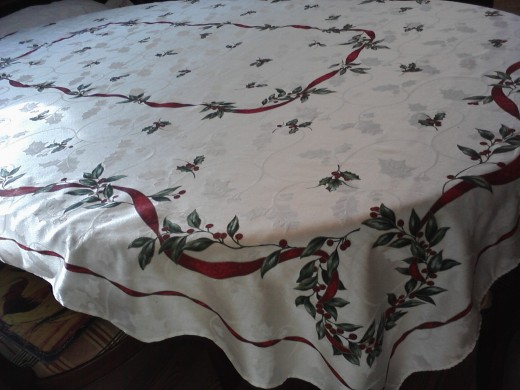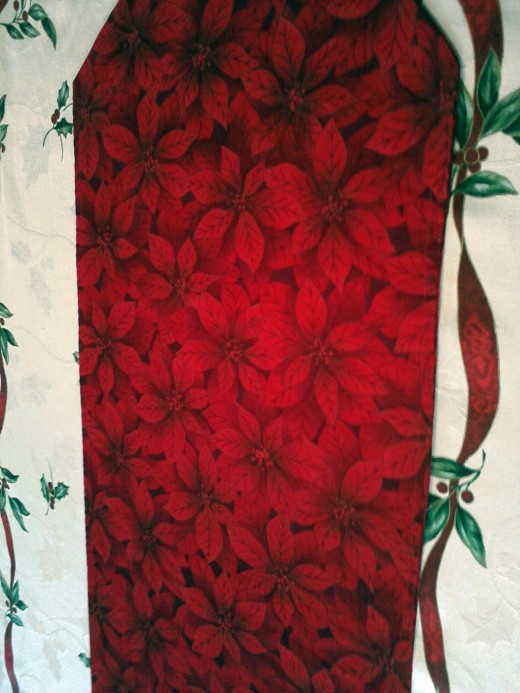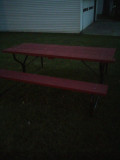Protecting the Dining Table With Tablecloths and Table Runners- a Historical Account
The dining table is called “the centerpiece of social functions.” It is where we gather to eat, drink, and communicate with others daily or on special occasions. Since the 8th century, we have protected it from spills, drips, stains, and other damage in accordance with our social and economic status. First we used the tablecloth (called table linen in earlier times) then we added the table runner.

Tablecloths
The use of the tablecloth can be traced back to 8th century-Europe. The French and Italians popularized it in the 12th century. But by the 15th century, it was firmly ensconced in households of both aristocracy and commoner. Tablecloths were originally white and considered to be rather large napkins because diners would wipe their hands and mouths on the ends. Soon tablecloths were protecting the entire table from food and beverage stains and spills, and other damages.
Tablecloths for households were usually fancier and more valuable than those for restaurants and other settings as picnics. In the first quarter of the 17th century, they were folded for more thickness and protection. Later, they were made with layered backing. The Victorians (19th to early 20th century) were the first to create elaborately designed, thick tablecloths from the finest fabrics. By the 1920’s and 30’s, designs became simpler. They were decorated with flowers and fruits. In the 1950’s, some designs took the form of cartoon characters.
Today’s tablecloths run the gamut: expensive, fanciful, handmade, embroidery, silk, damask, linen, cotton, wool, polyester, vinyl, and paper. Some are even designed to complement dining room color schemes, drapery, and other types of décors. They appear in various geometric shapes and sizes to fit any table. They have also become collector’s items.

Table Runners
Table runners originated in the Middle Ages, according to the article “About Table Runners” from www.ehow.com. Like tablecloths, they were found in every household by the 15th century. They were used on the bare table or on tablecloths to protect or add a bit of style, especially for that special occasion or holiday. They were also used to create visual balance for full place settings.
Table runners are usually placed lengthwise in the center of the table or tablecloth to cover the full length, and fall over on opposite ends or shorter length to compliment a centerpiece. Sometimes, more than one runner is placed schematically as the decorator desires.
The fabrics and designs we see today are simple or ornate, depending on use and user. Runners made for early nobility, for instance, even had fancy tassels on the ends. Now they are made from all sorts of materials: cloth (silk, linen, cotton, and polyester), vinyl, plastic, and paper; in a variety of ways: handmade, machine-made, embroidered, quilted, and beaded with myriad designs, patterns, colors, and sizes.









